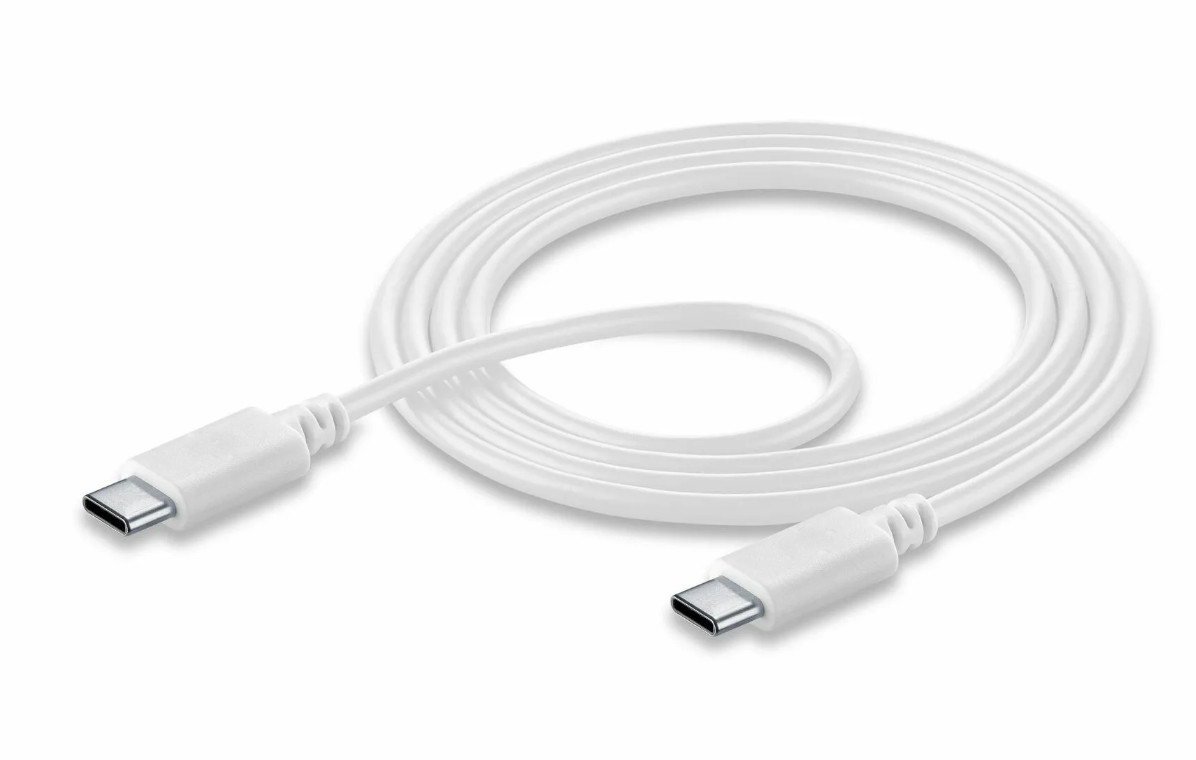
In today’s fast-paced digital world, charging speed and connectivity matter more than ever. If you’re looking for a reliable, high-speed charging solution, a 60W USB C to C cable might be just what you need. But before you click “Buy Now,” it’s important to understand what this cable is, what it offers, and how to choose the right one for your devices.
What Is a 60W USB C to C Cable?
A 60W USB C to C cable refers to a charging and data cable that supports up to 60 watts of power delivery (PD). With USB-C connectors on both ends, it is capable of fast charging smartphones, tablets, and even some laptops — as long as they support USB Power Delivery.
Unlike traditional USB-A cables, a USB C to C design ensures faster charging, better efficiency, and reversible plug orientation, making it more user-friendly.
Why 60W? Understanding the Power Output
Power Delivery (PD) is a fast-charging standard that enables higher power transfer over USB. A 60W cable can deliver up to 20V/3A, which is ideal for:
-
Most modern smartphones
-
Tablets like iPads
-
USB-C charging laptops like MacBook Air or Chromebook
-
Nintendo Switch and similar portable devices
This makes it a versatile choice for users who want one cable for multiple devices without compromising charging speed.
Key Features to Look For
Before buying, here are some important features to consider:
1. Build Quality
Choose cables with braided nylon or reinforced joints. These materials increase durability and resist wear and tear from daily use.
2. Certified Power Delivery Support
Make sure the cable explicitly supports 60W PD charging. Look for USB-IF certification for added safety and reliability.
3. Data Transfer Speed
Some 60W USB C to C cables also support data transfer. If you regularly move files between devices, look for cables with USB 3.1 or higher to ensure fast speeds.
4. Cable Length
Available in lengths ranging from 0.5m to 3m, consider where and how you’ll use the cable — on your desk, in your car, or while traveling.
Devices Compatible with 60W USB C to C Cables
These cables are compatible with a wide range of devices, including but not limited to:
-
MacBook Air and Pro (depending on the wattage required)
-
iPad Pro (USB-C models)
-
Samsung Galaxy phones with fast charging
-
Google Pixel series
-
Dell XPS, HP Spectre, and other USB-C charging laptops
-
Portable gaming consoles
Just be sure to verify the maximum input power your device supports, as some laptops require 65W, 85W, or even 100W to charge efficiently.
60W USB C to C Cable vs 100W Cable: Which One Do You Need?
While 100W cables offer higher charging potential, they are often more expensive and may not be necessary unless you’re charging power-hungry laptops. For most users, a 60W cable strikes the right balance between speed, compatibility, and affordability.
Final Thoughts
A 60W USB C to C cable is a practical investment for anyone looking to streamline their charging setup. It’s powerful enough for most devices, durable, and supports fast charging — all in a compact, modern format. Whether you’re a student, traveler, or tech enthusiast, it’s worth having at least one in your kit.
Frequently Asked Questions
Can a 60W USB C to C cable charge a laptop?
Yes, a 60W USB C to C cable can charge many laptops that require 60 watts or less, such as the MacBook Air, some Chromebooks, and ultrabooks. However, high-performance laptops like gaming laptops or MacBook Pro 15″/16″ may require higher wattage (up to 100W) for optimal charging.
2. Is a 60W USB C to C cable safe for phones?
Absolutely. Most modern smartphones support USB Power Delivery, and a 60W cable will only supply as much power as the phone is designed to receive. It’s both safe and efficient for fast charging.
3. What’s the difference between a 60W and 100W USB C to C cable?
The primary difference is the maximum power output. A 100W cable can handle more demanding devices like high-end laptops, while a 60W cable is ideal for everyday electronics like smartphones, tablets, and mid-range laptops. If you’re not using a high-wattage device, a 60W cable is usually sufficient.